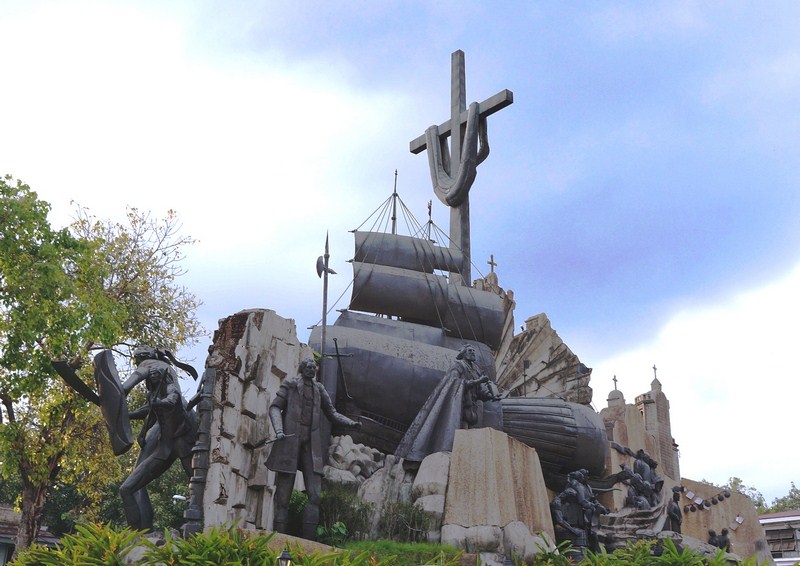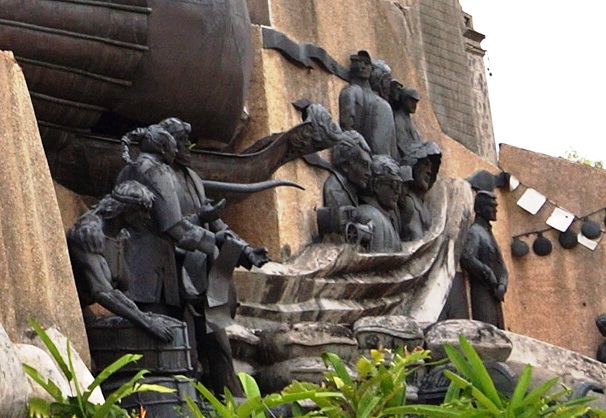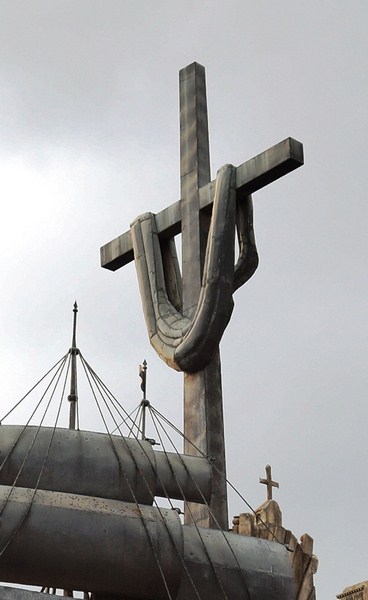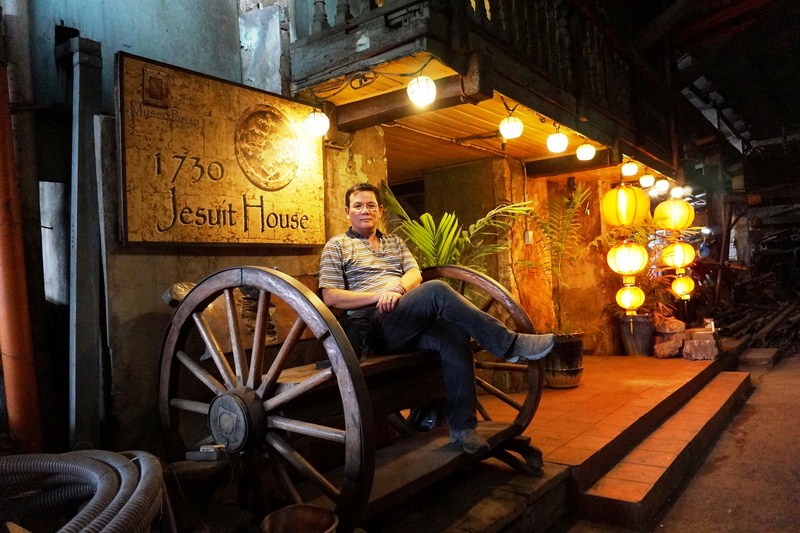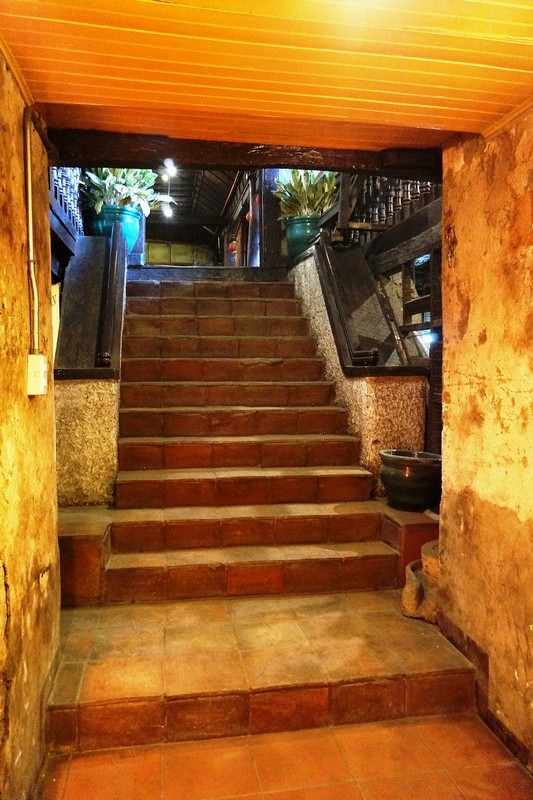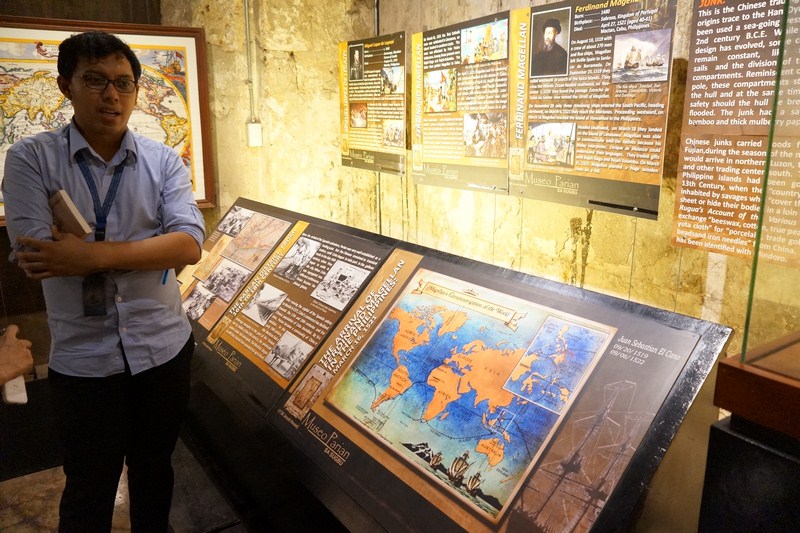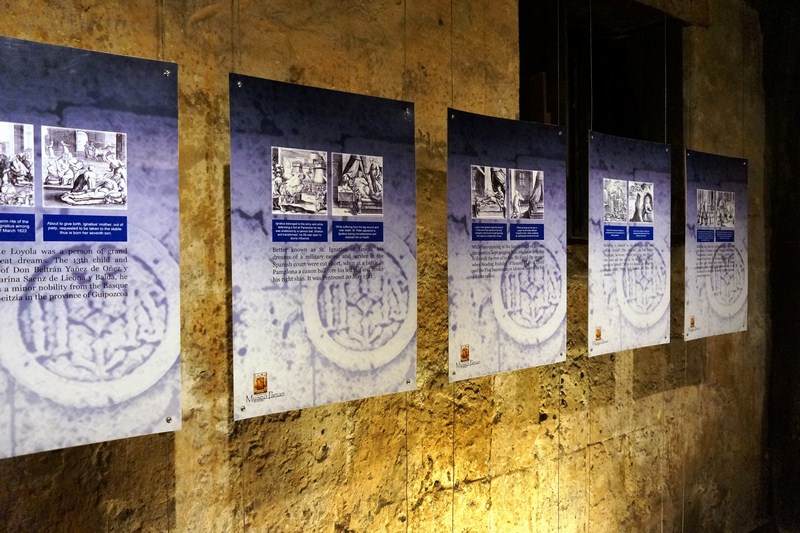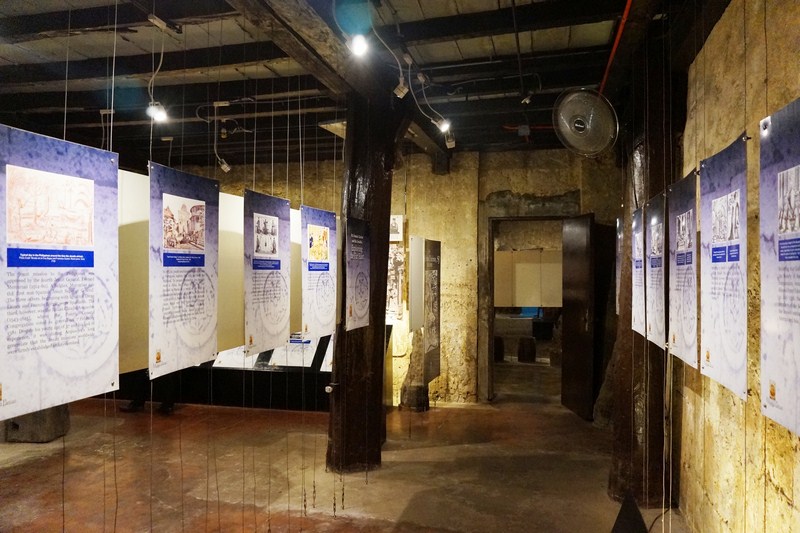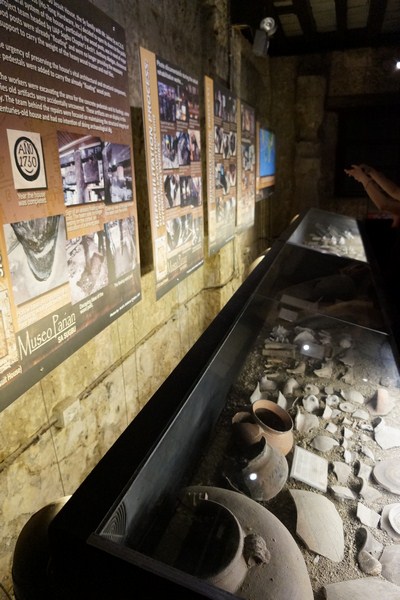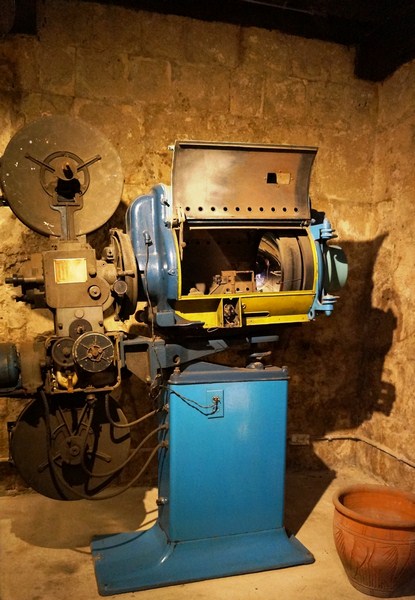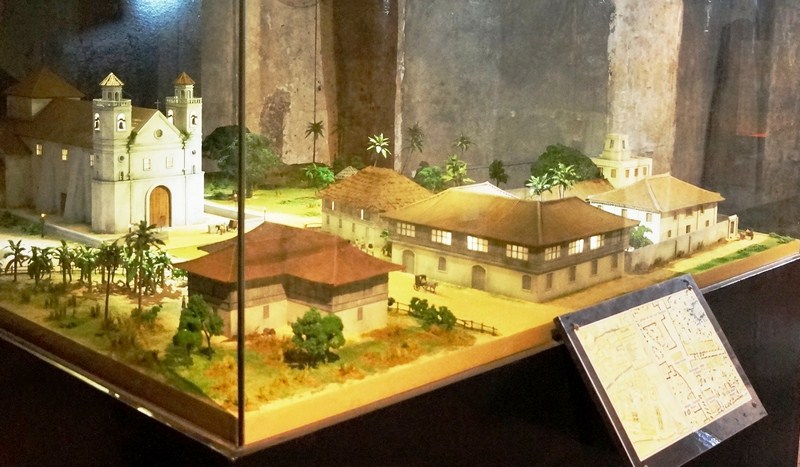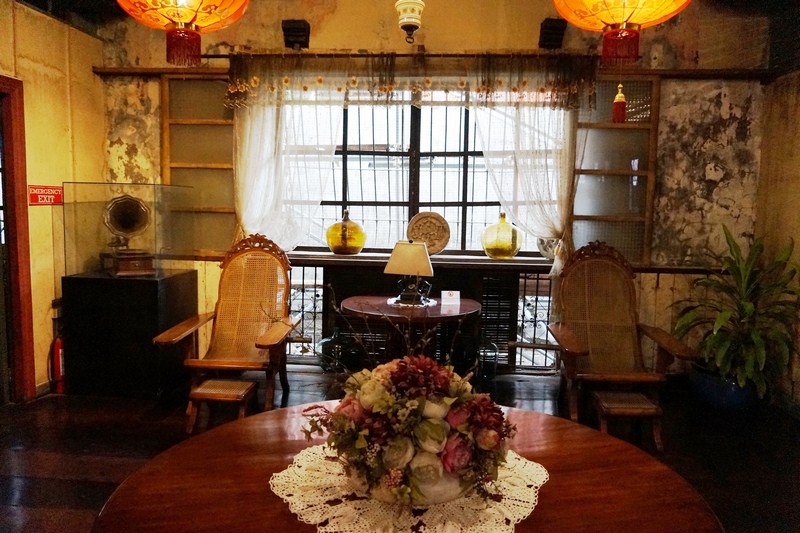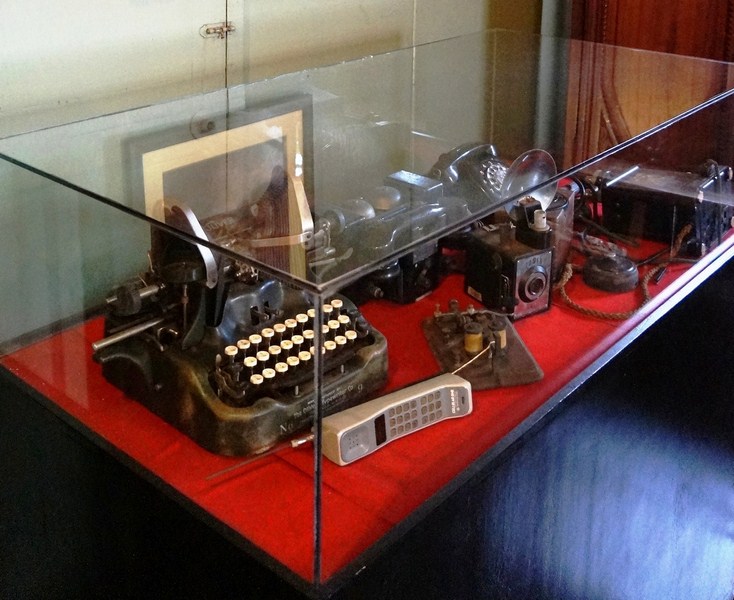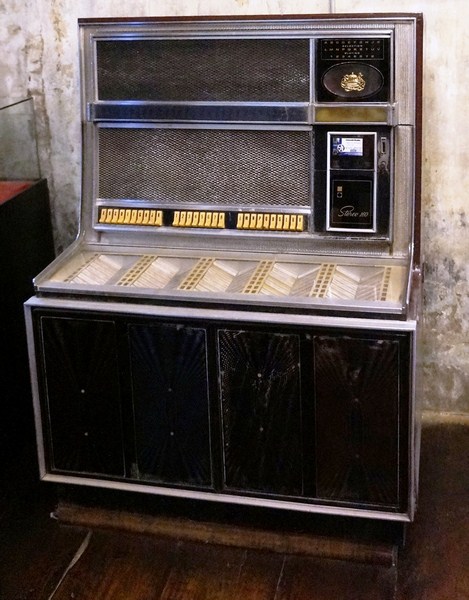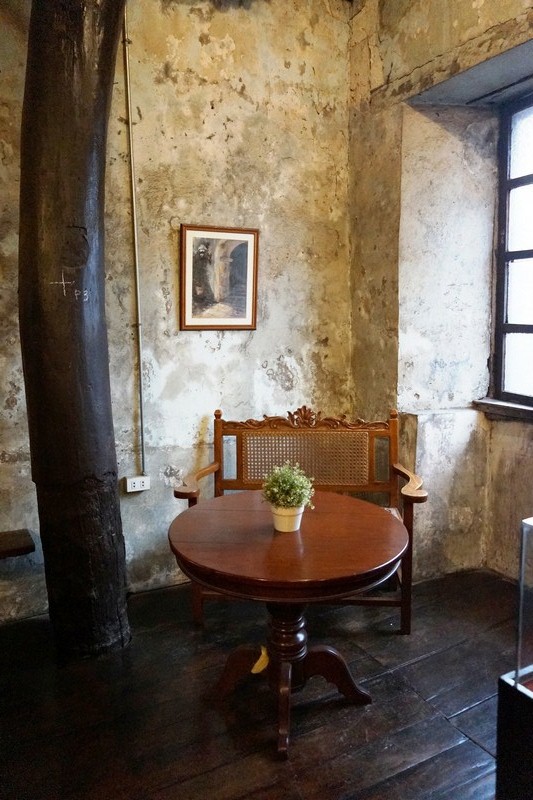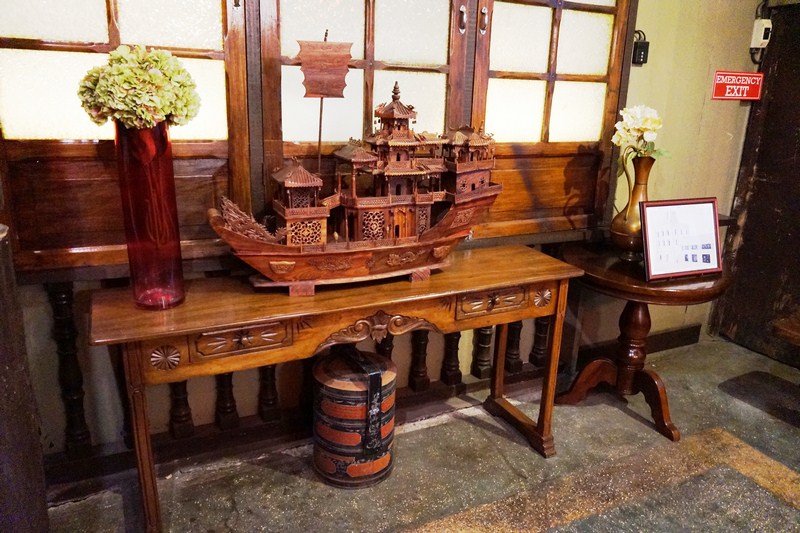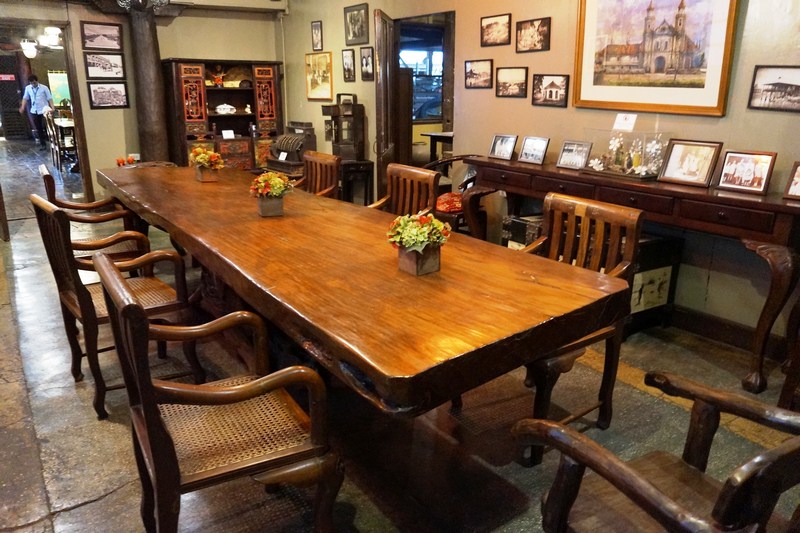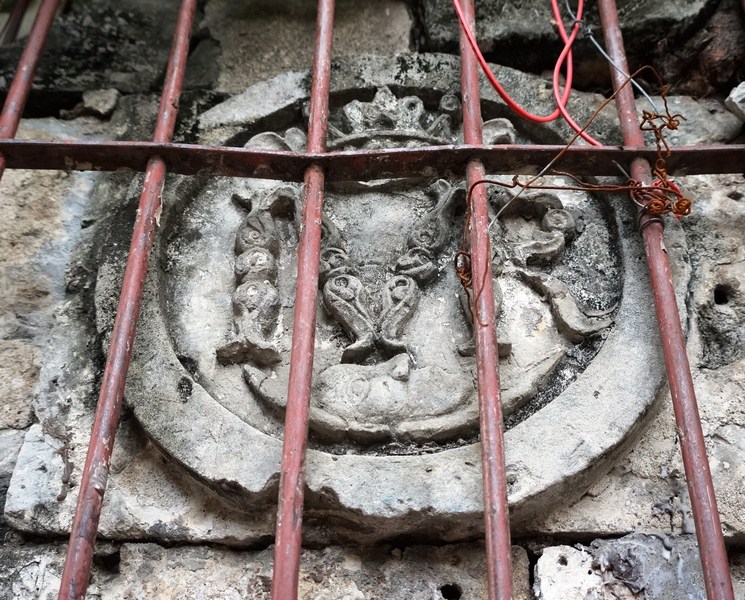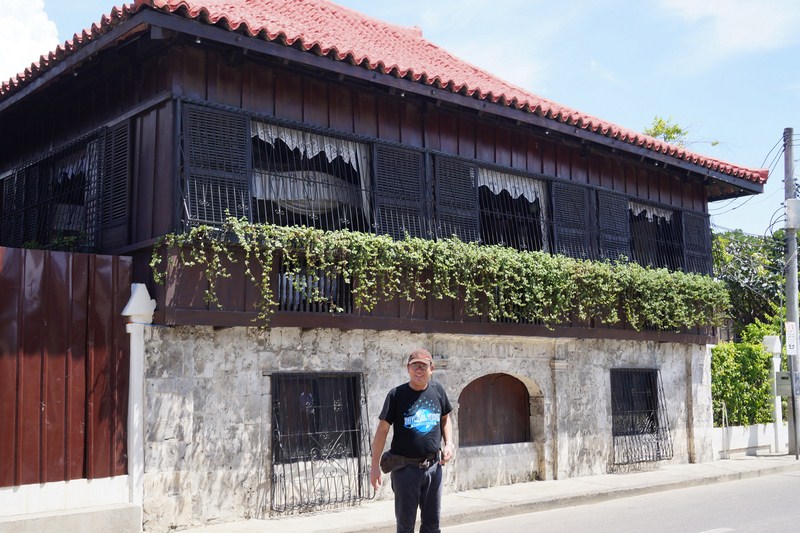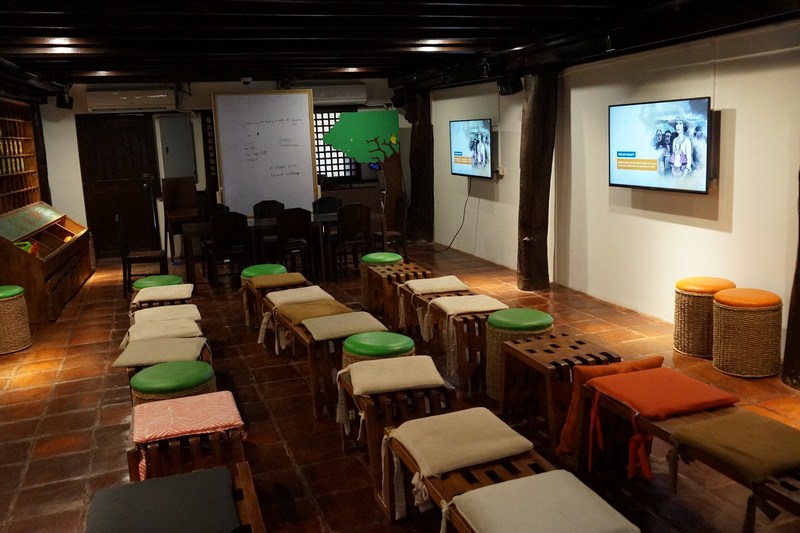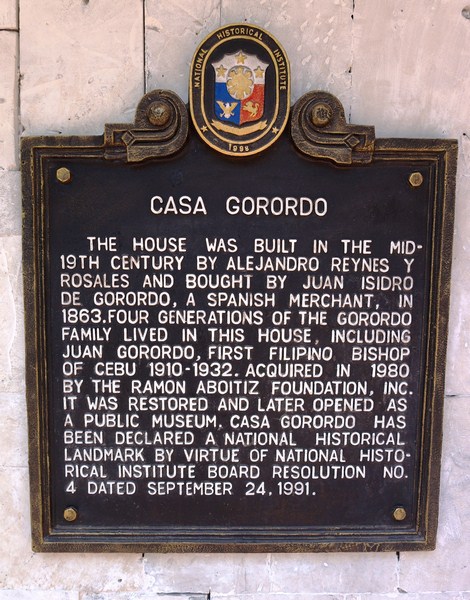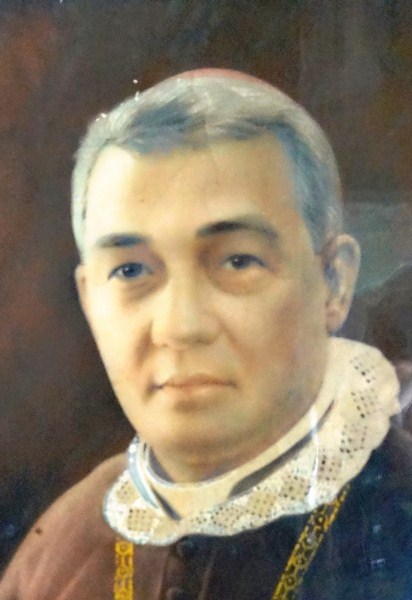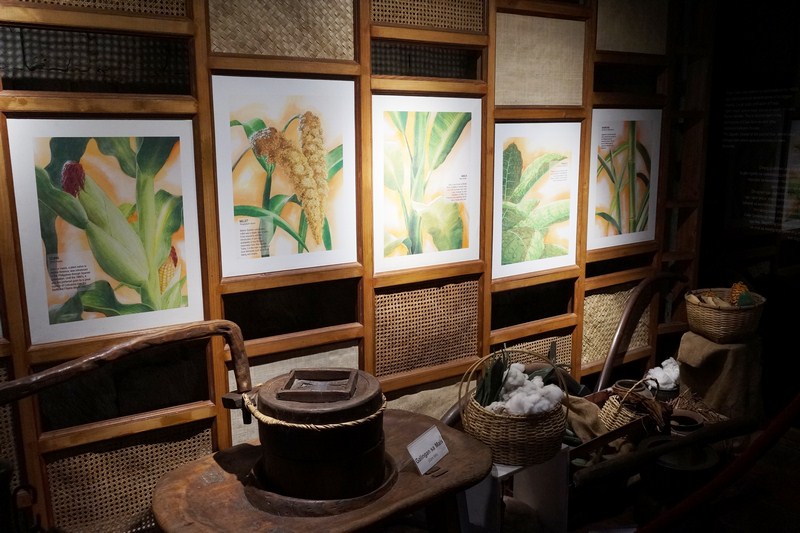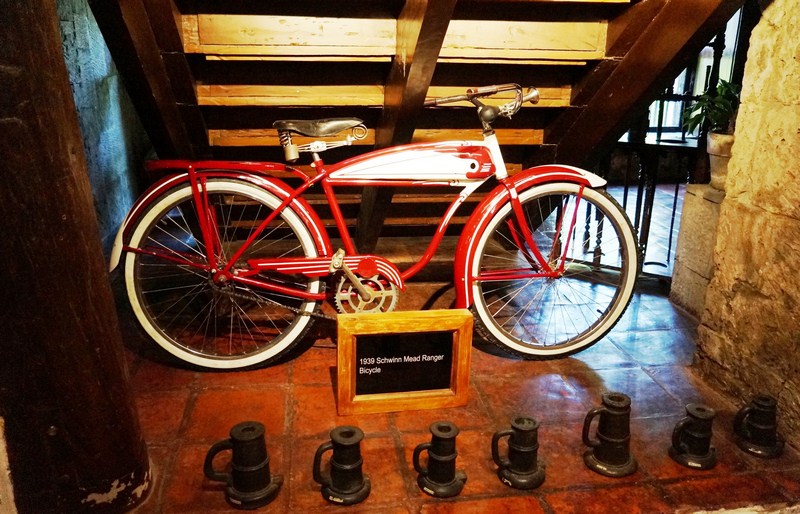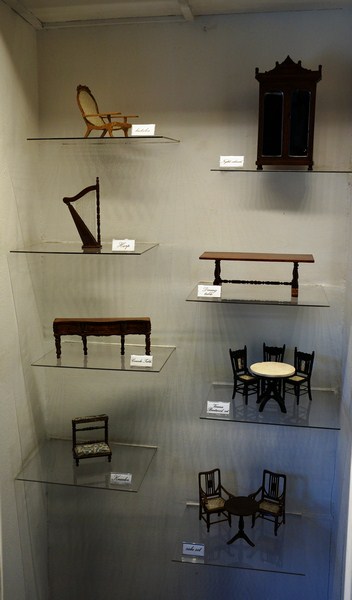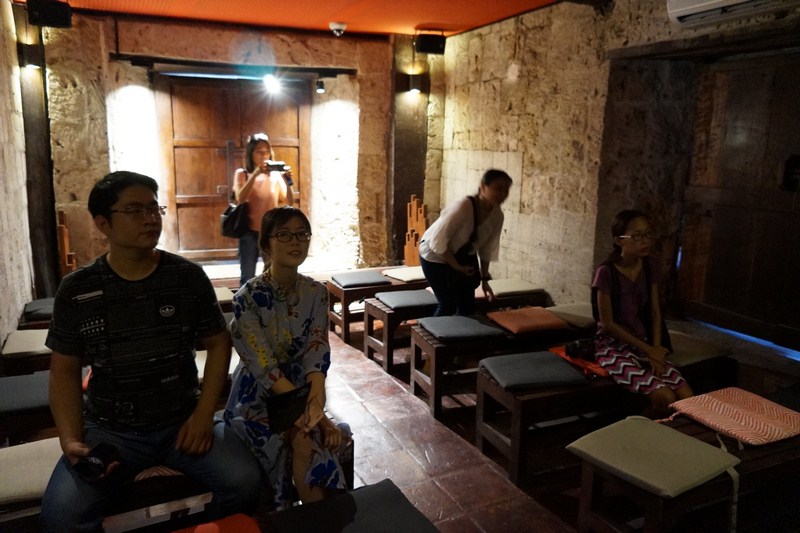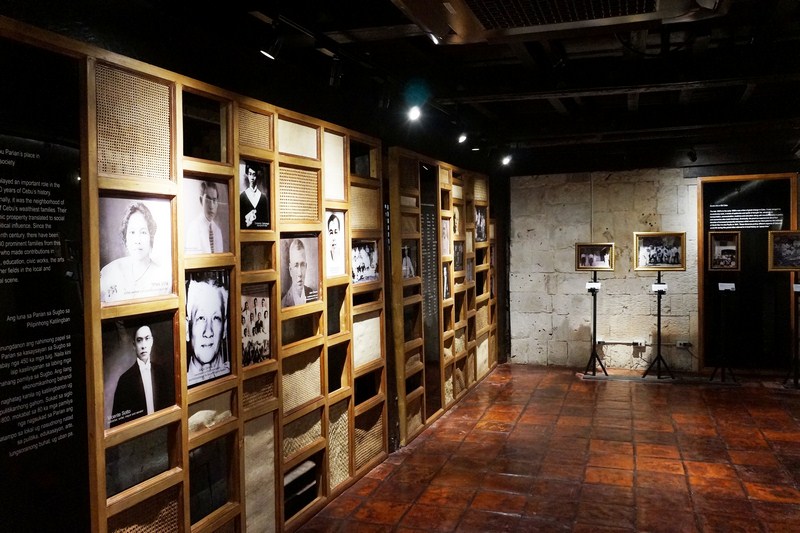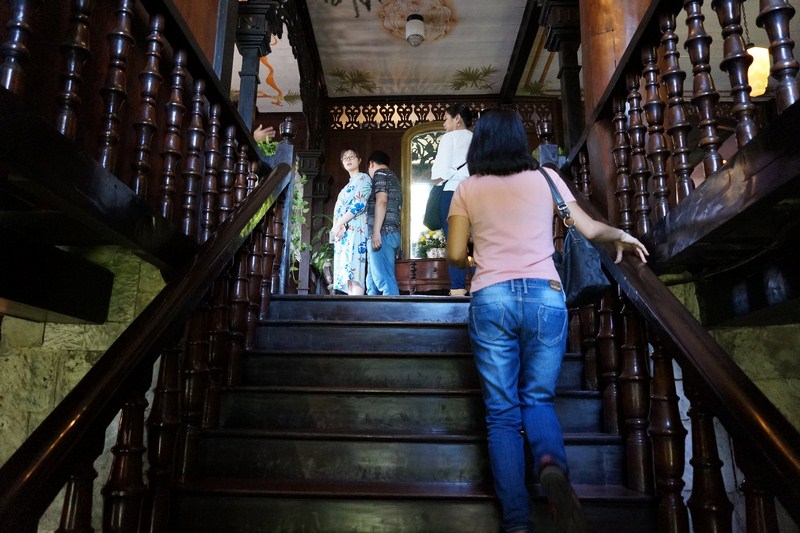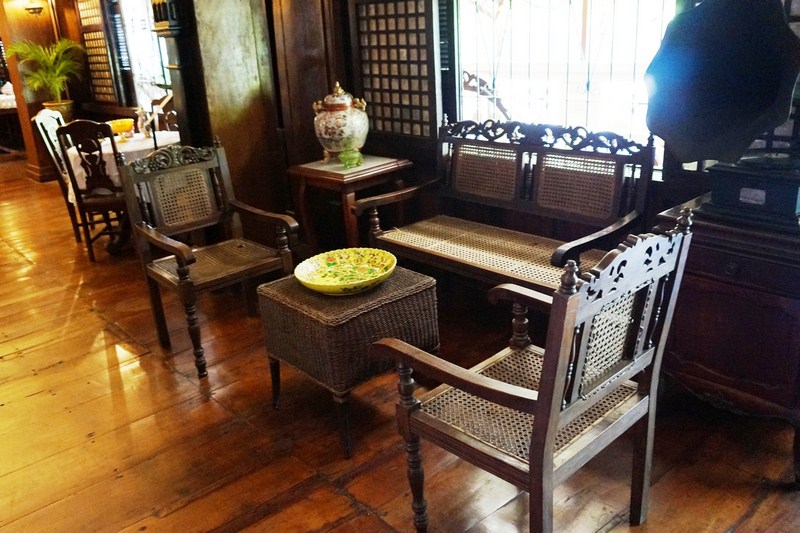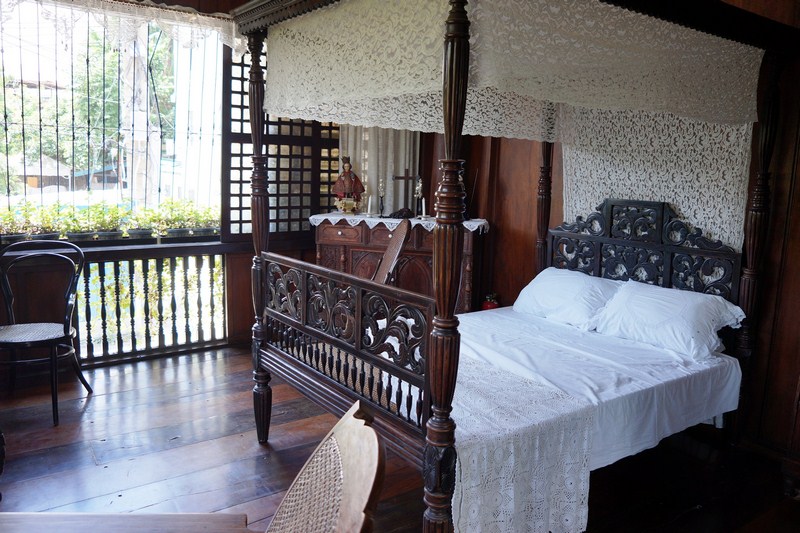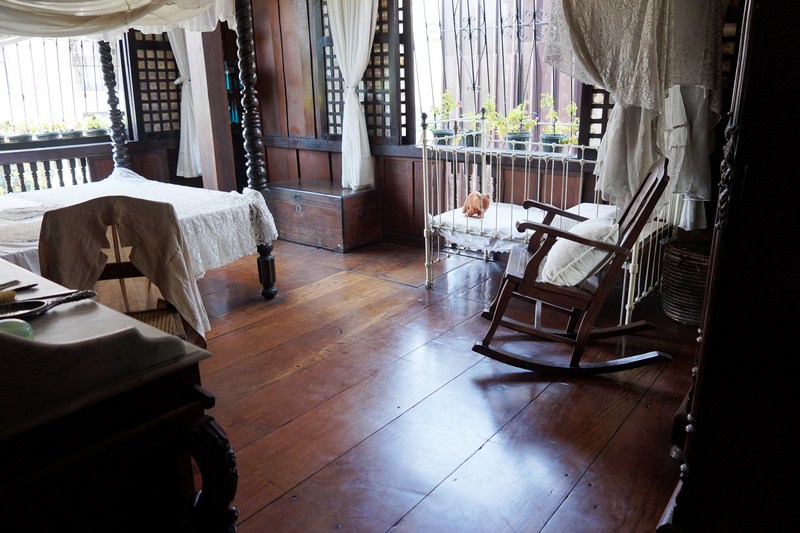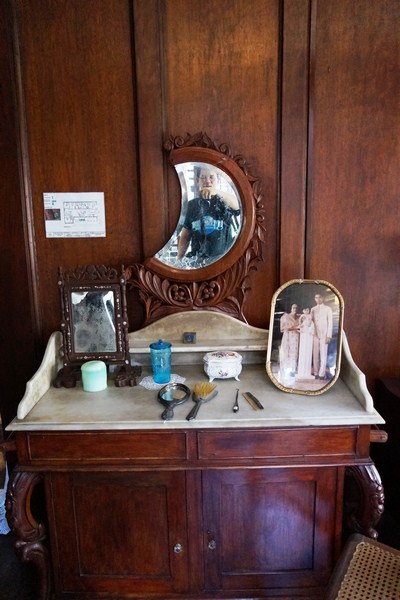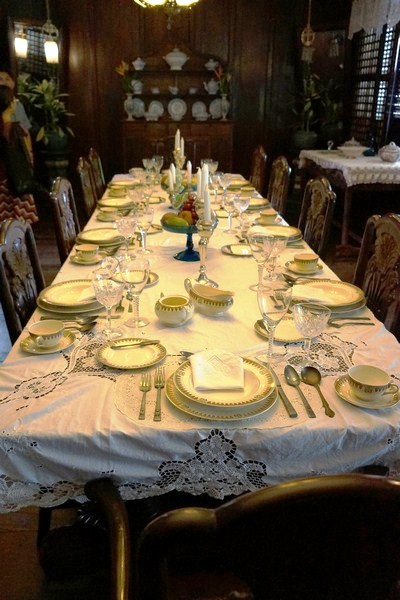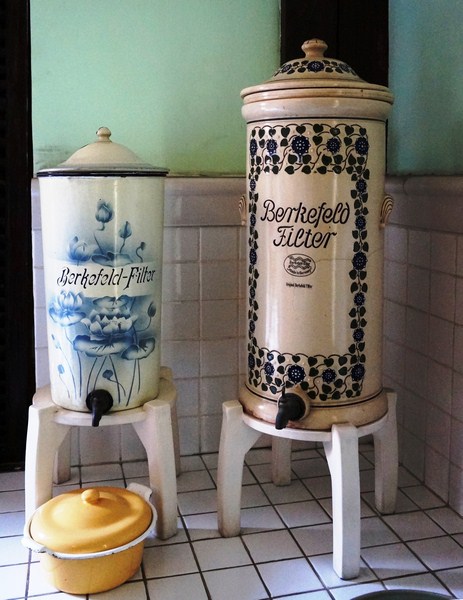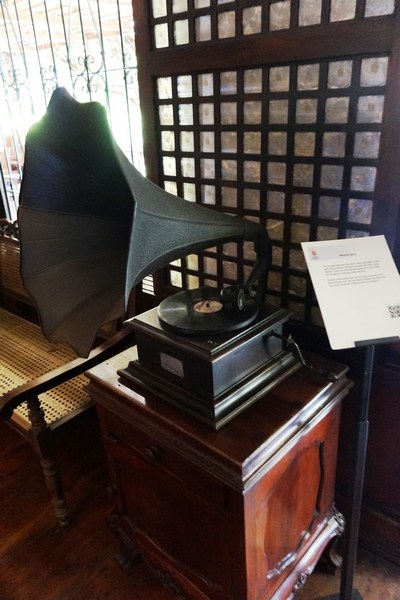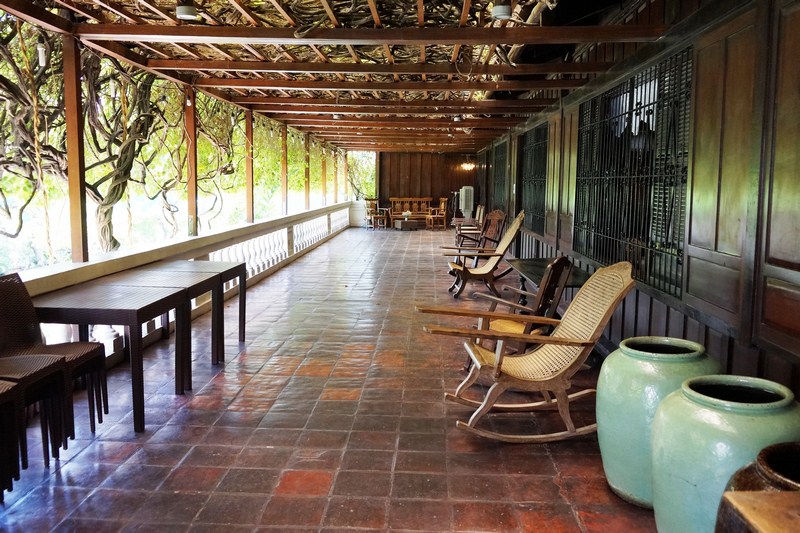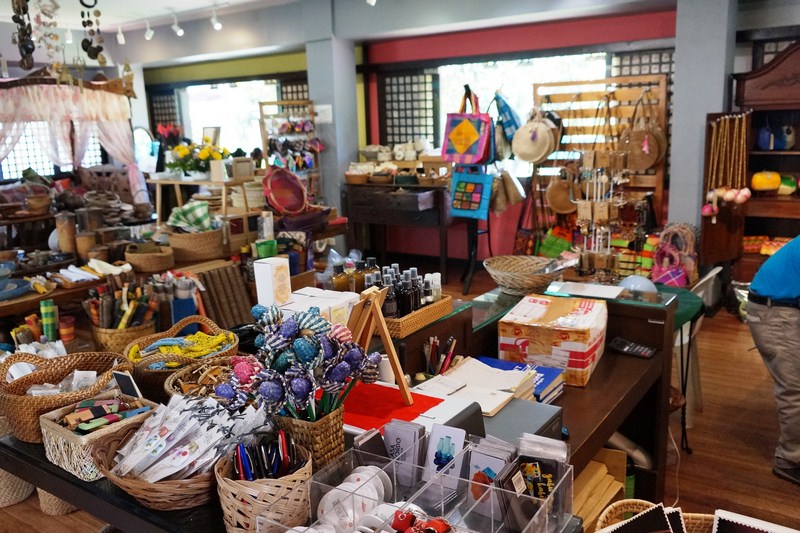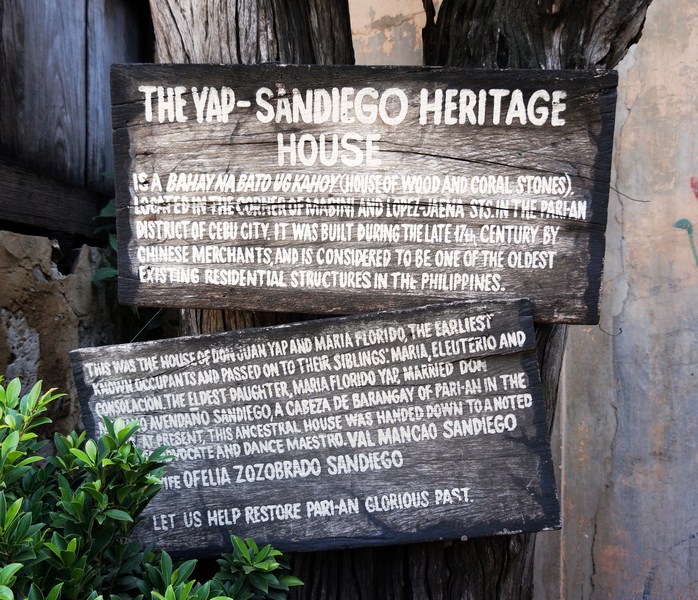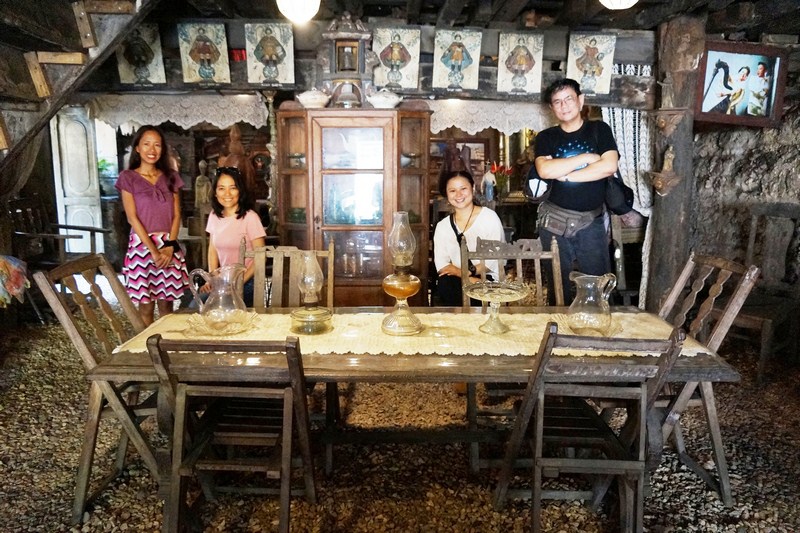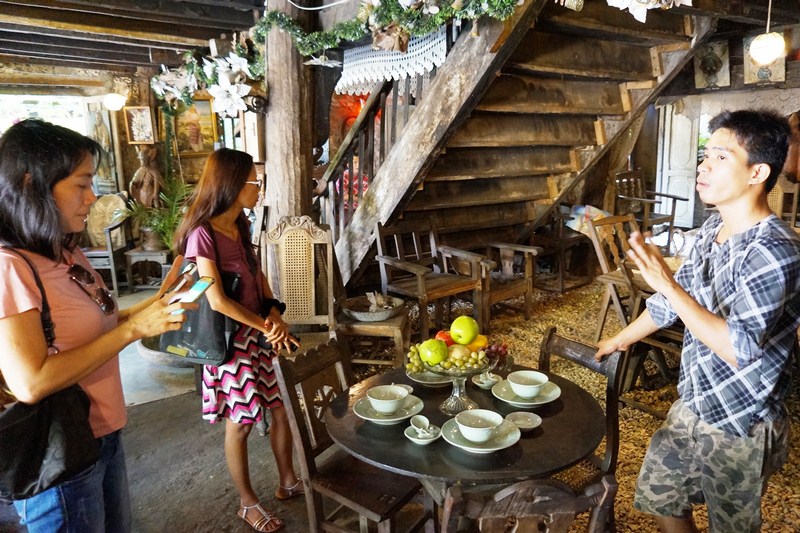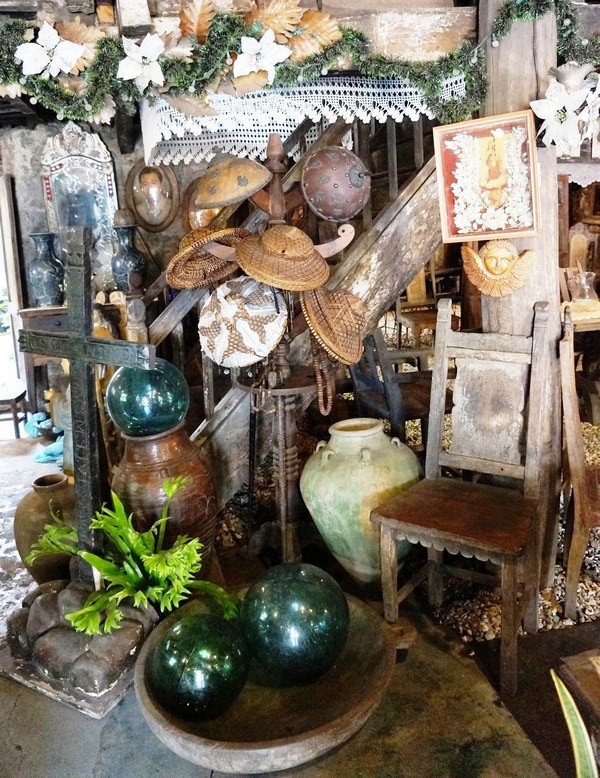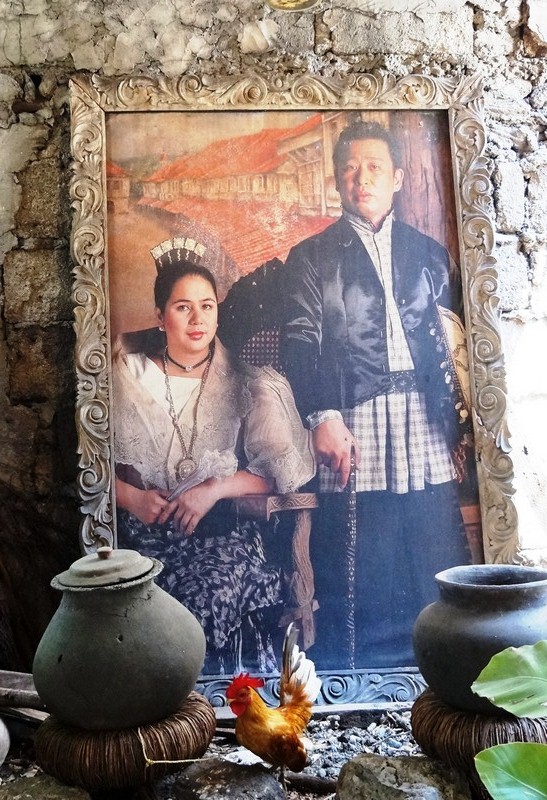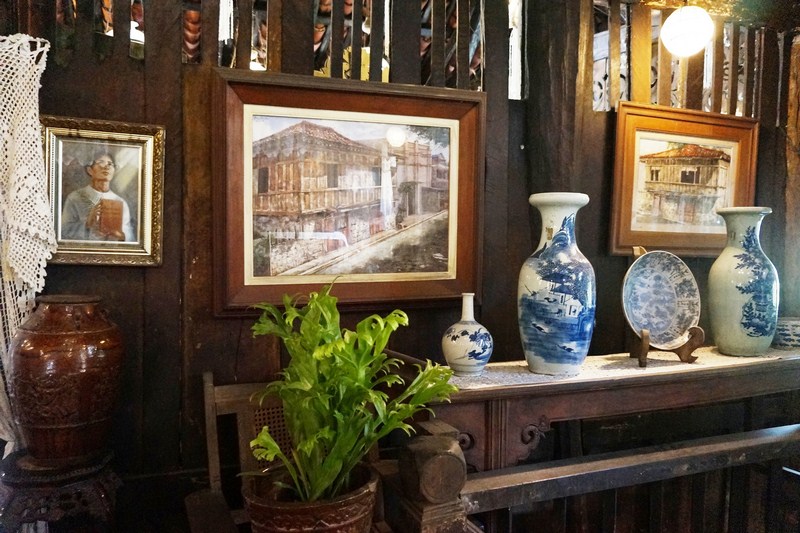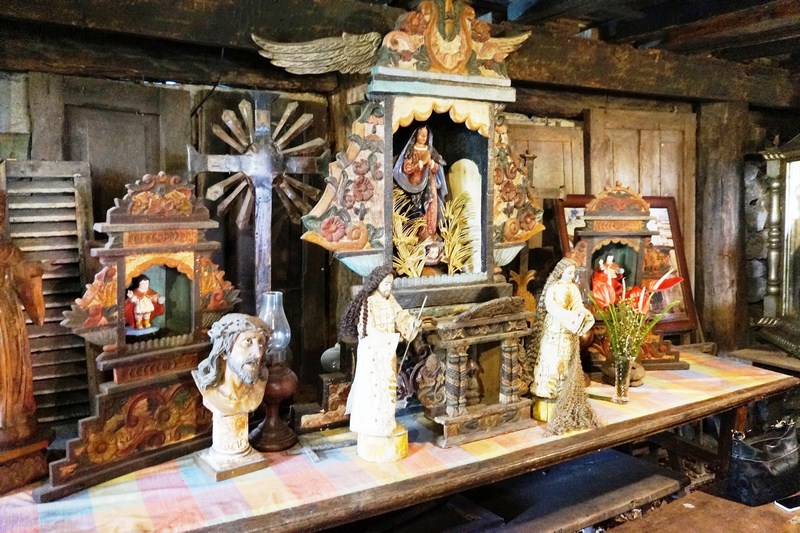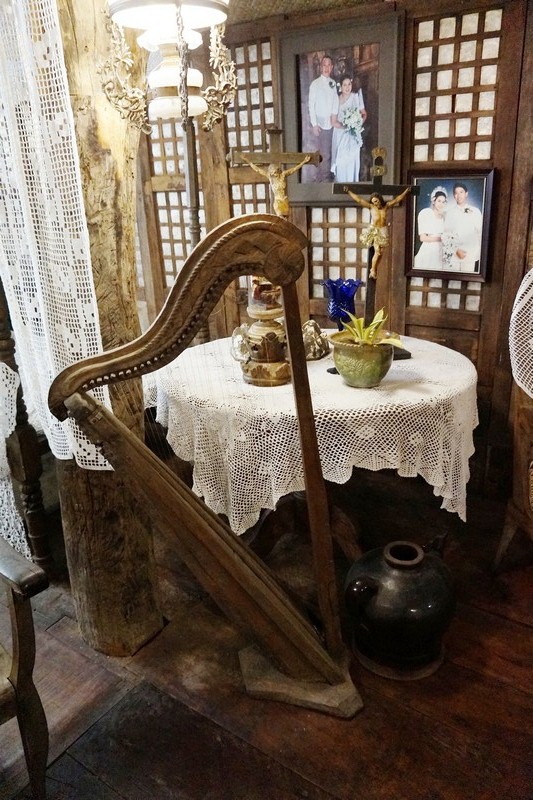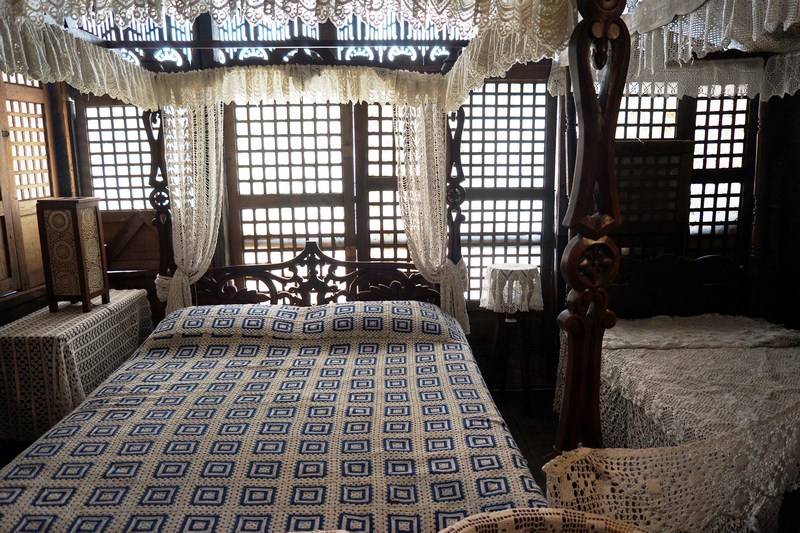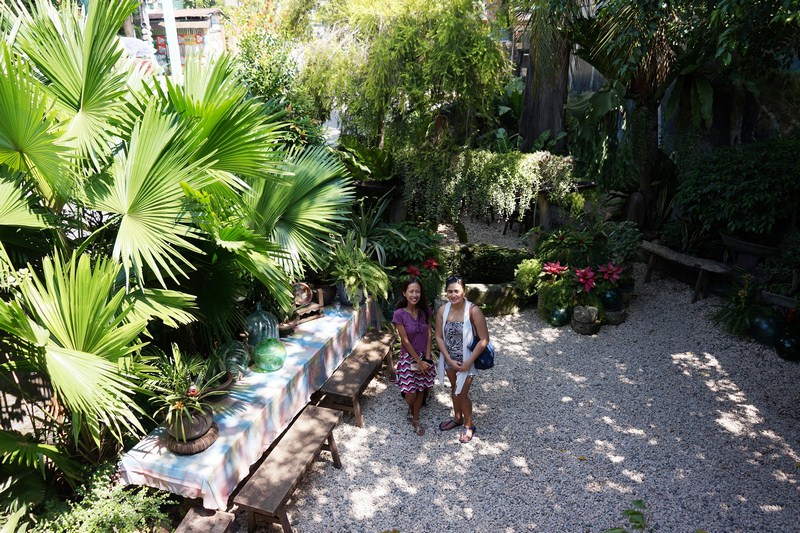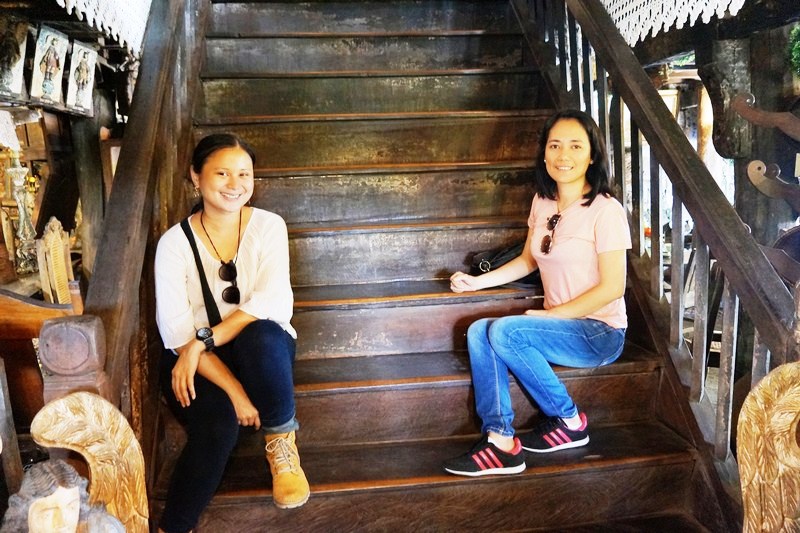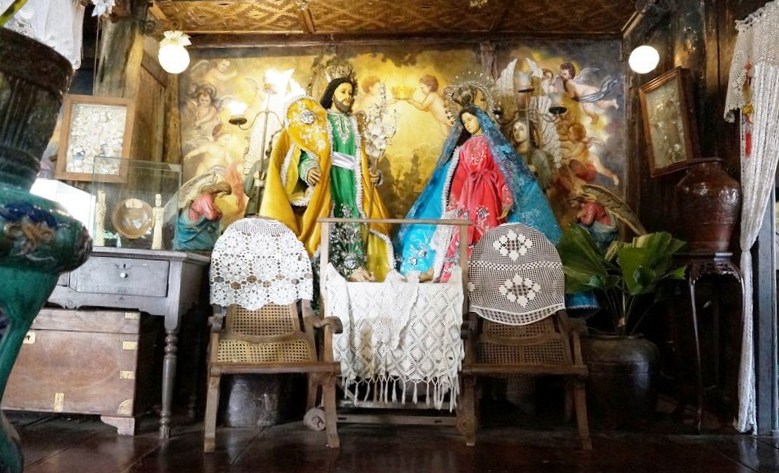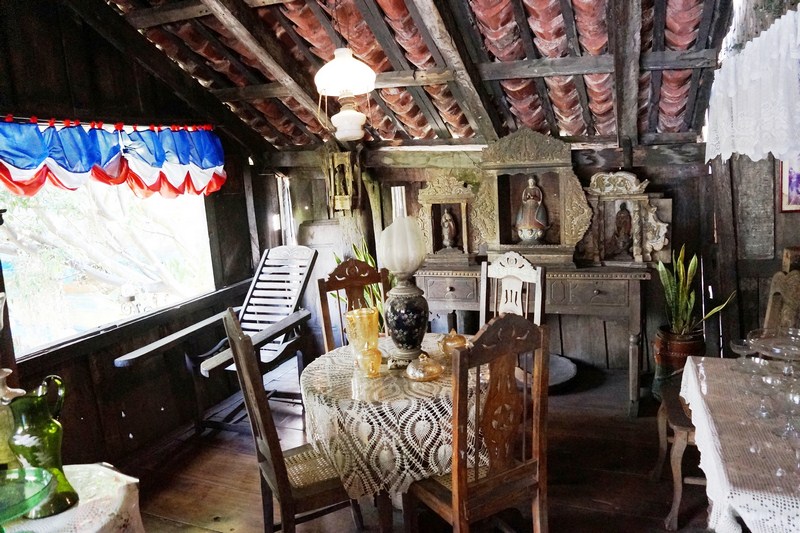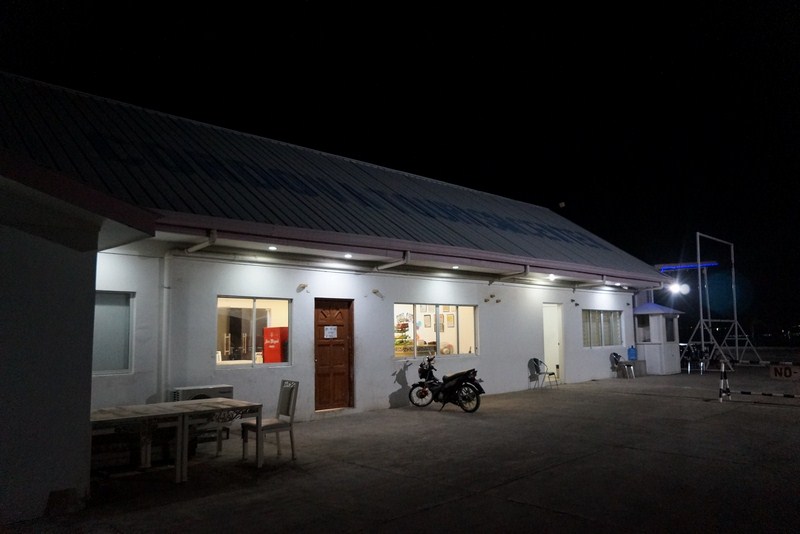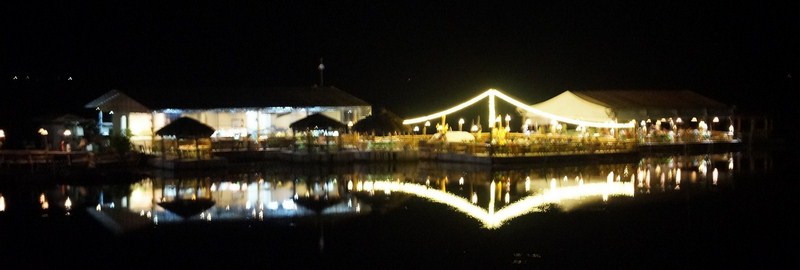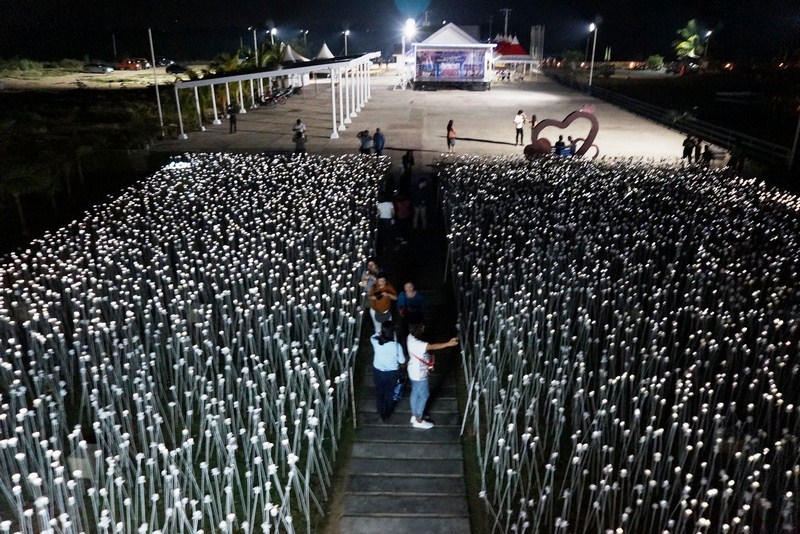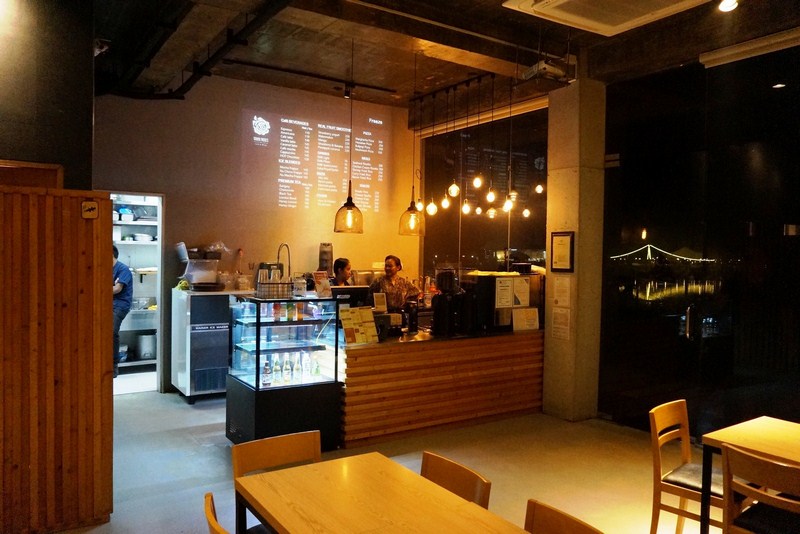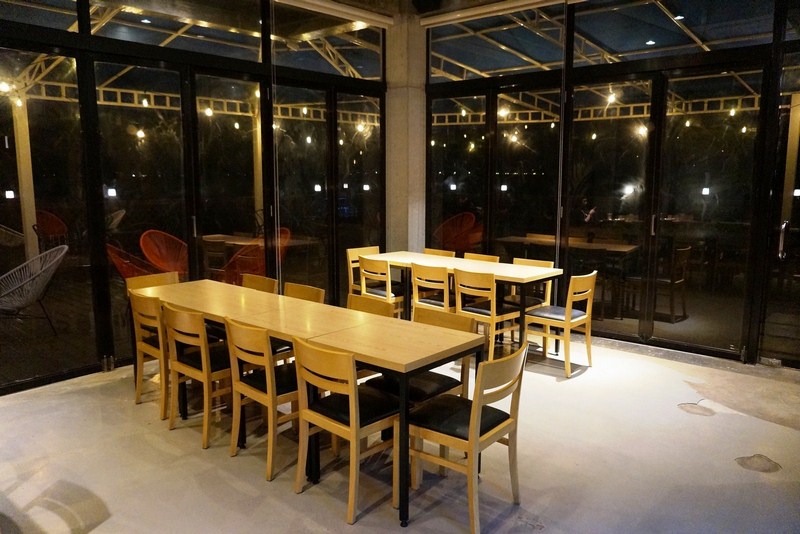The Heritage of Cebu Monument, a visually and contextually interesting tableau of concrete, bronze, brass and steel sculptures in the historic Parian District, shows scenes of significant and symbolic events in the history of Cebu back from the time of Rajah Humabon to the recent beatification of the Cebuano martyr, Pedro Calungsod.
It was built on the site of the St. John the Baptist Church which was demolished in 1875 by the diocese of Cebu. This work of art stands on a traffic circle, with narrow streets flanking the sides. Across the street is the Yap-Sandiego Ancestral House.
Check out “Yap-Sandiego Ancestral House”
The late, multi-awarded Cebuano sculptor Eduardo Castrillo designed and conceptualized the monument and, with the late Senator Marcelo Fernan, together with donations from other private individuals and organizations, funded the construction of the monument.
Construction began in July 1997 and, after three years, the monument was inaugurated on December 8, 2000.
The structures carved into the huge monolith are the Basilica Minore del Santo Niño, the Cebu Metropolitan Cathedral, the St. John the Baptist Church, the Magellan’s Cross, and a Spanish Galleon while scenes depicted are the baptism of Rajah Humabon and his followers to Christianity, the local revolution against the Spanish rule, a procession of the Santo Niño, a Roman Catholic mass, and the April 21, 1521 Battle of Mactan between Lapu-Lapu and Portuguese explorer Ferdinand Magellan. The persons depicted in the monument include the late president Sergio Osmena Sr. and St. Pedro Calungsod.
Heritage of Cebu Monument: Sikatuna St., Plaza Parian, Cebu City, Cebu.
How to Get There: Jeepneys along Colon Street, with the signboard showing “SM” and “Pier,” pass by the monument. You may also take a taxicab as most drivers are familiar with the place. From Ayala Center or SM, it is a 15-20 min. taxi ride.

